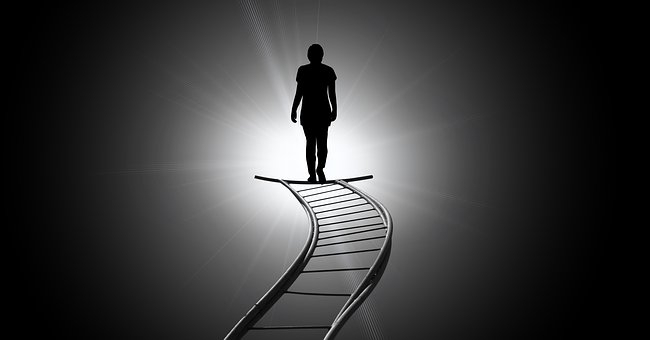The phenomenon of death has been perplexing humans for years and even in this age of advanced medical science, several people believe that humans continue to live even after taking their last breath as spiritual beings.
Adding up the heat to these seemingly outlandish theories, a Chinese woman named XiaoYu has claimed to have travelled to a heavenly realm in the form of a soul during a near-death experience (NDE).
The mystery surrounding near-death experience

During the near-death experience, she apparently reached a meadow filled with colourful flowers. The NDE victim also added that she met deceased souls while being on the verge of death. She made it clear that she felt very pleasant during the near-death experience and almost all her worries faded away during these moments.
XiaoYu shared this testimonial on the NDERF (Near Death Experience Research Foundation) website. In the testimonial, XiaoYu also assured that she was completely separated from her body during the near-death experience.
"My soul arrived on a hill where the meadow was filled with cute, tiny, brilliant flowers. There was a brick house at the foot of the hill. My grandmother and I used to live there when I was age five to age thirteen before my parents brought me home to live with them.
Next, I floated to a dim-greenish coloured warehouse-like building where it was crowded with so many people. They were lined up in sequence and marching forward and from my viewpoint, they were not talking to each other. At this moment, I knew I had died. I felt relieved and was indifferent to my children, parents, any worries or burdens," wrote the NDE victim on the NDERF website.
Will humans live after death?
As the testimonial shared by XiaoYu went viral on the internet, spiritualists have strongly started arguing that life after death is not a mere myth, but a reality. They claim that the concept of the human journey after death is mentioned in ancient religious textbooks.
However, medical experts dismiss these claims, and they make it clear that it is the survival technique adopted by the human brain during a life-threatening event which is resulting in these visual hallucinations.









